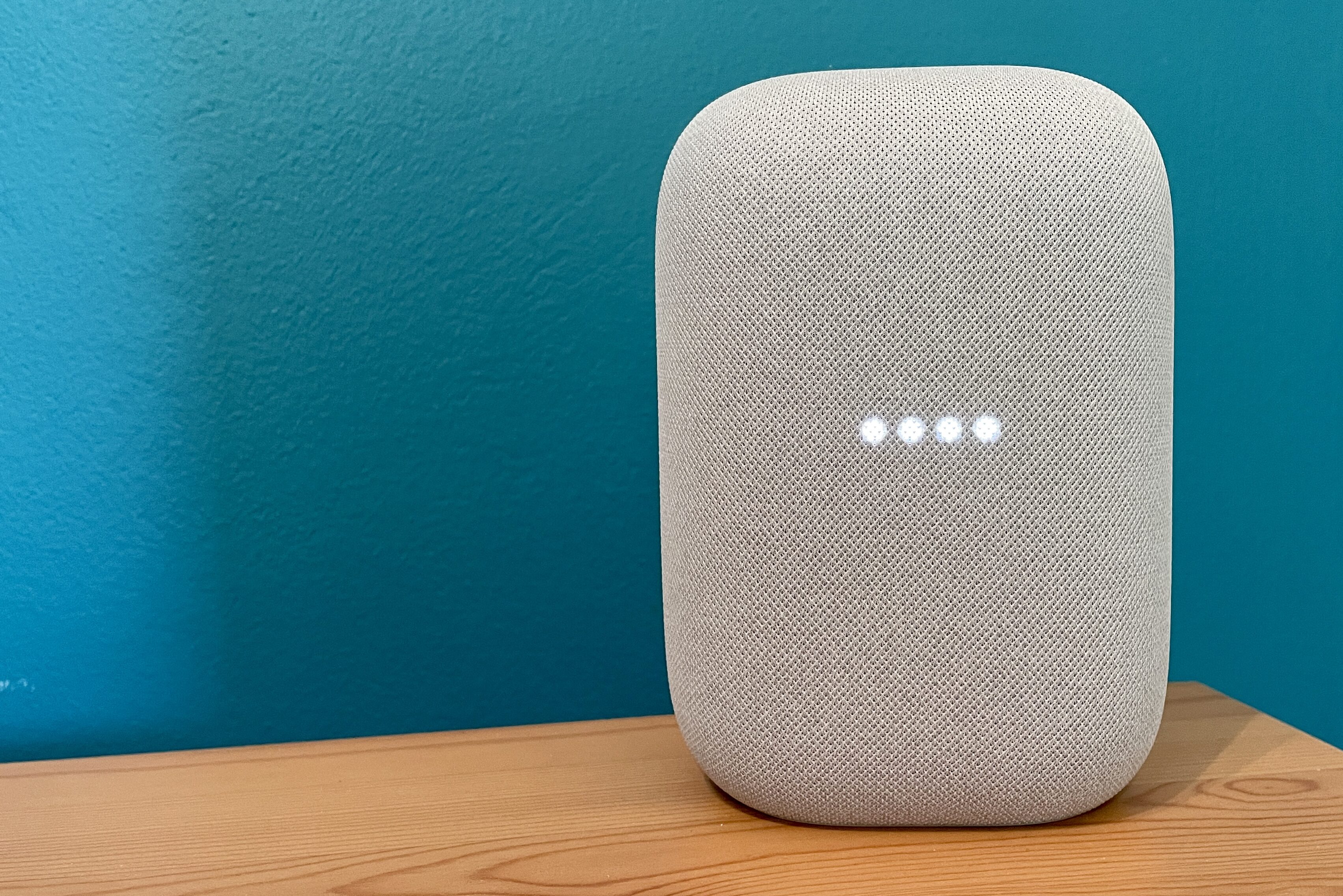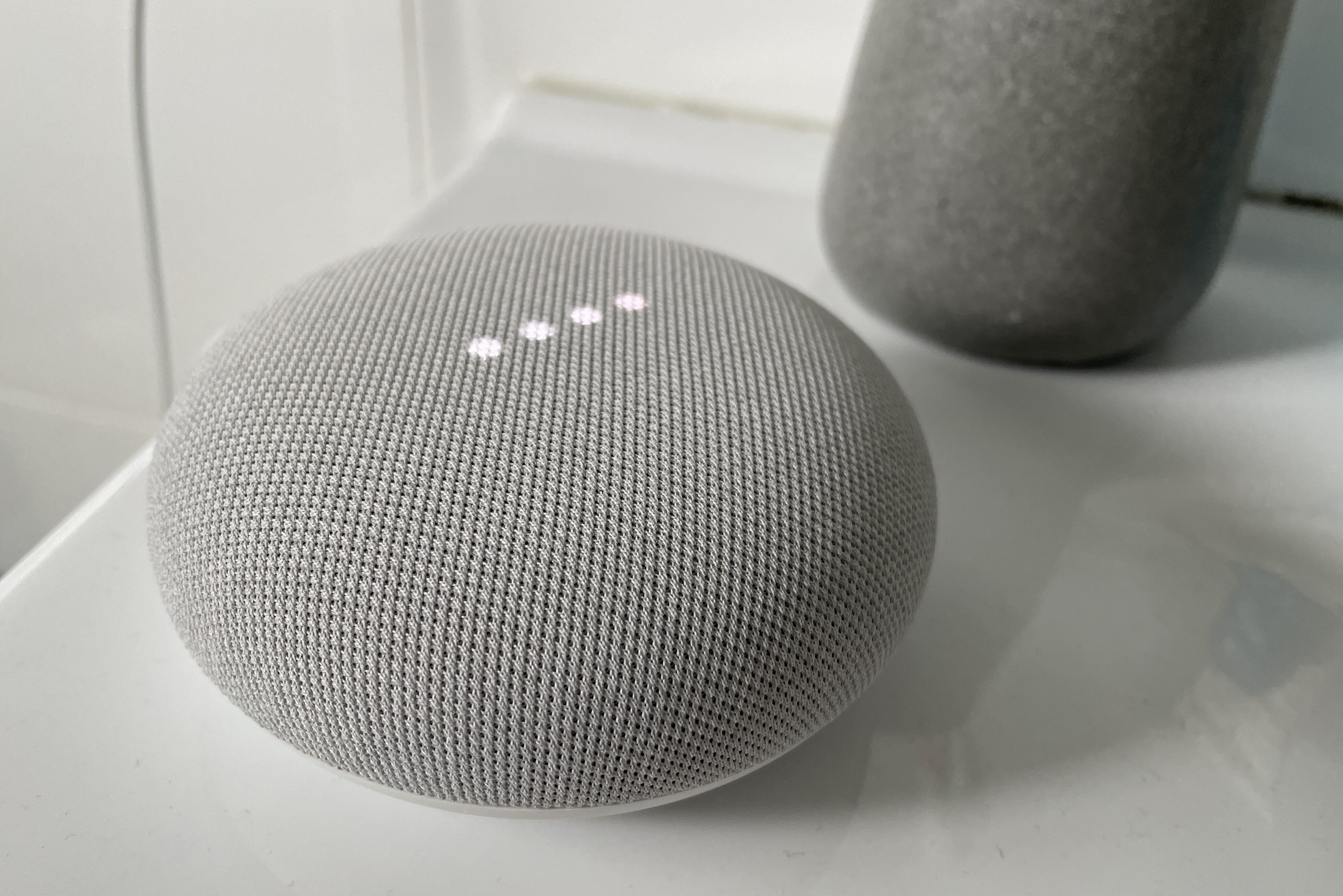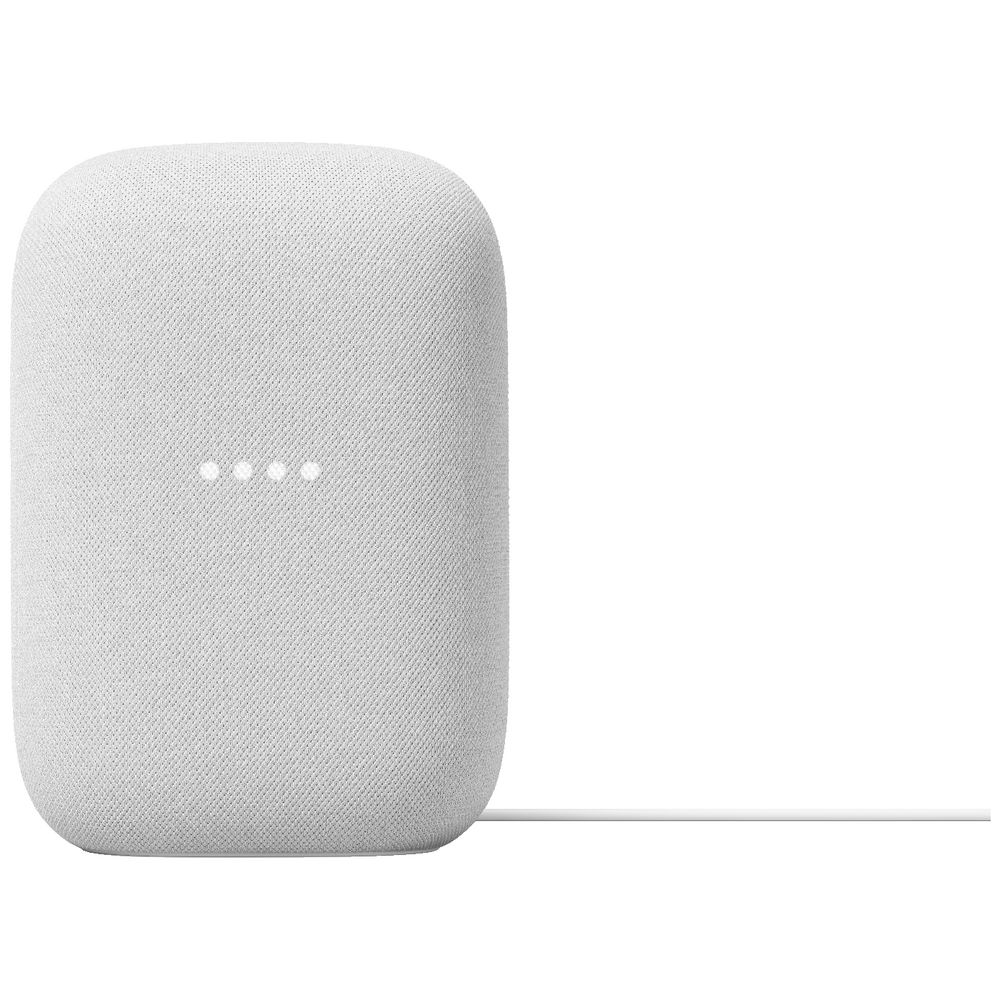The best under $150.
Google Nest Audio and Nest Mini smart speaker review
Google’s smart speakers are the most widely used in Australia, with a 2019 Nielsen report putting the search giant’s market share at a staggering 79 per cent. Why? There are a few reasons - Google has brand recognition, their products are affordably priced, and, perhaps most importantly, they were the first company to offer smart speakers in Australia. The Google Nest Audio is the successor to that first-generation Google Home speaker, and it’s an improvement in just about every way.
Let’s jump in.
Google Nest Audio price
While a lot of gadgets are only getting more and more expensive, Google seems to be bucking the trend. First, there was the Pixel 5, which was cheaper than both its predecessors, and in September, the $149 launch price of the Google Nest Audio came in at $50 cheaper than the Google Home before it.
To put that into perspective, it’s one of the cheapest smart speakers of its size available, in line with the Amazon Echo (also $149) and the Apple HomePod Mini, which offers impressive sound for its small size.
That said, some retailers (including even Google themselves at times) are offering the Google Nest Audio for as little as $128.
Google Nest Audio sound quality
I’m not saying my expectations were low for the Google Nest Audio’s sound quality, but I didn’t imagine it would be on par with some of its pricier competitors. While it’s not quite on the same level as Sonos or Bose, it’s still far better than expected given its $149 RRP and an improvement on its predecessor, the Google Home. Bass isn’t quite as booming as it could be, but the overall product is nicely balanced, and you can further fine-tune the speaker’s sound in the Google Home app.
As for chatting with your Google Assistant, the answers you receive are loud and clear, and the Nest Audio’s mic setup will ensure your requests are heard every time, even in a room full of chatter or ambient noise.
Google Nest Audio design
Unlike the Home’s cylindrical design, the Google Nest Audio is completely covered in a fabric mesh, which also happens to be made from 70 per cent recycled materials. There are no physical buttons at all on the unit (aside from a mute switch at the rear), and without the Nest Audio’s LEDs, it’s pretty much a featureless monolith. But that’s not a bad thing at all - it means the speaker (available in either Chalk or Charcoal) blends into pretty much any environment without looking too out of place.

While there aren’t any physical controls, there are three touchpoints on the top of the front panel which allow you to pause/play music and increase or decrease the volume. They’re simple to use and very responsive.
Google Nest Audio features and smart assistant
Like most of Google’s products, the Nest Audio is super easy to set up. All you need is the user-friendly Google Home app and a Wi-Fi connection and you’re good as gold. Through the app, you can control the equaliser, set up ‘digital wellbeing’ settings, add more devices and even combine two Nest products (Audio, Mini and Hub Max) to create a stereo pairing.
Multi-room functionality, on the other hand, could use a bit of work. In theory, I should be able to tell my Google Nest Audio (which lives in the kitchen), “Hey Google, move my music to the bathroom speaker”. In practice, this only worked once or twice in the weeks I tested it.
Other than that one iffy command, Google Assistant is good at answering most requests, whether it’s reading out the news headlines, fetching the weather and playing my very embarrassing One Direction Spotify playlist (titled ‘I hate myself’ for obvious reasons). It’s also great at providing answers to more niche questions as well as requests that are worded in a more natural, conversational way, compared to Alexa and Siri. And, like those two, Google Assistant can also control all other compatible smart devices, including light bulbs, doorbells, robot vacuum cleaners and more.
Google Nest Audio vs Google Nest Mini
At the same time as I trialled the Google Nest Audio, I tested the Google Nest Mini. Feature-wise, both are pretty much identical. In fact, the only real difference is size, which in turn translates to sound quality.

If you’re on a budget, you’ll be more than happy with the Google Nest Mini. However, it doesn’t sound nearly as good as its big bro. It can’t reach the same high volumes, sounds a little flatter, and tends to distort the louder it gets - understandable given the size disparity. If you’re happy to pay the extra $70, the Google Nest Audio is worth it for room-filling sound and better quality audio.
Is it worth it?
For those looking for a solid speaker under $150, the Google Nest Audio is as good as it gets. It sounds great, looks good and makes life just that little bit easier, plus, like most products in the Google ecosystem, it’s simple to set up and use. There’s still room for improvement when it comes to multi-room functionality, but everyday users will be happy nonetheless.
Related Articles





